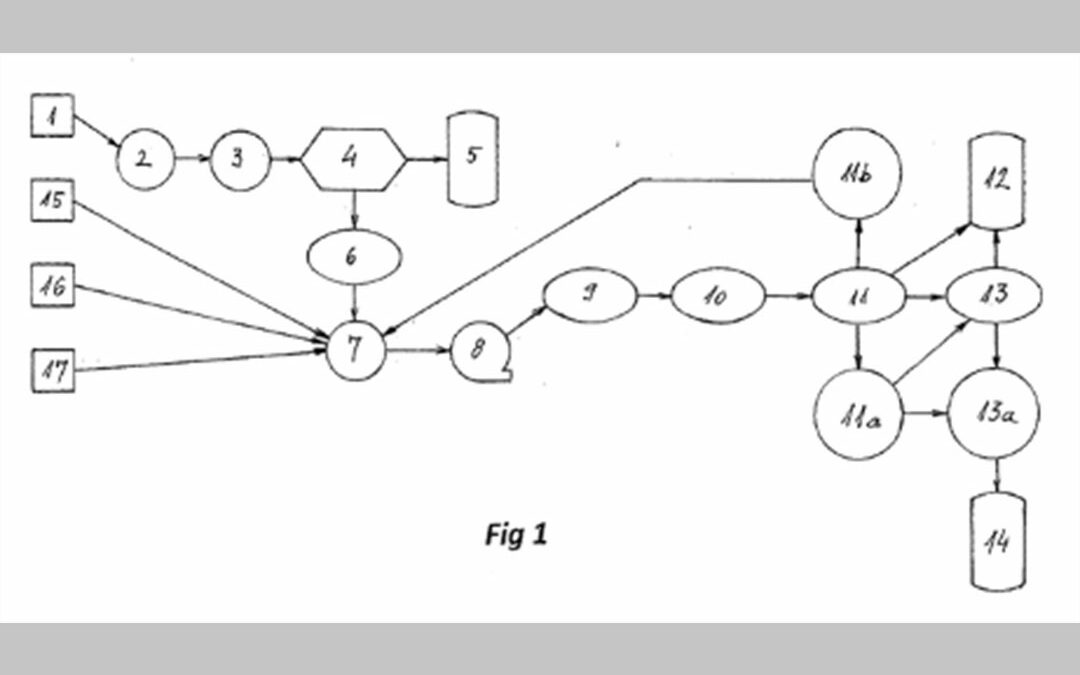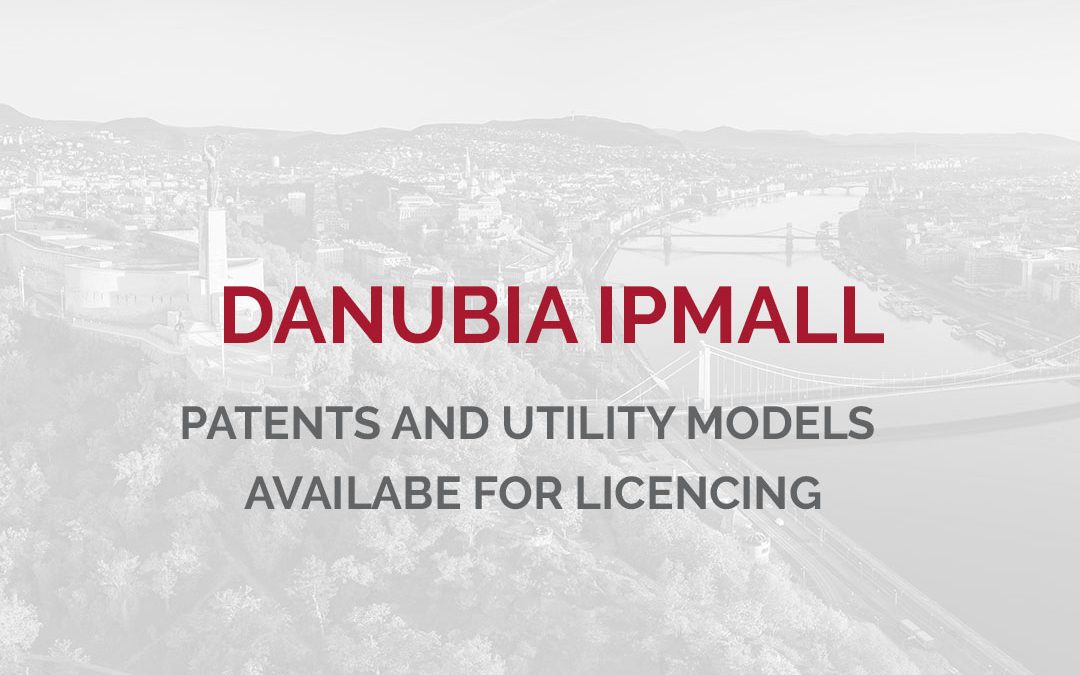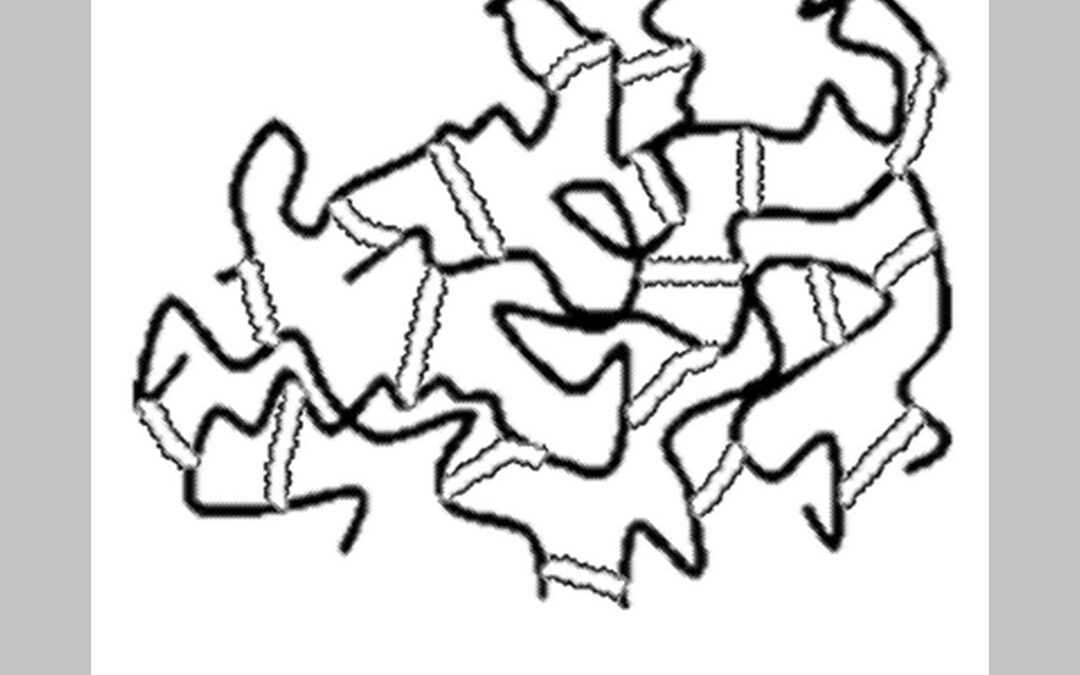
2023. January 9.
Process and apparatus for producing elementary nanoparticulate mineral components and rare metal oxides therefrom using primary and secondary mineral resources by filling raw material (1,15,16,17) into a mixing tank (7), wherein it is diluted with water to a 20% by weight colloidal solution, then the colloidal solution is fed to a colloid mill (8) and dispersed into particles having an average particle size of up to 10 µm, then transferring it to a wet grinding attritor (9), the nanoparticulate colloidal solution thus obtained is passed under pressure to a classifying unit (10) in which its nanocrystallite content is separated into at least two size fractions, each size fraction being dried in a vacuum drier (11), while a further nanocrystallite fraction containing trace elements is separated by the vacuum drier (11), which is passed to a separator (13,11a) where adsorbed rare metal trace elements are separated.

2022. October 24.
The present invention relates to a core-shell heat storage microcapsule having a core containing a phase change heat storage material and a coating of amorphous glassy alginate, which coating has at least two layers and at least one layer contains nanoparticles, and the surfaces of the core and the coating are in direct or spaced contact, and the microcapsule core has a solid or internal cavity.

2022. October 24.
The present invention relates to thermoplastic, biodegradable plastic composite semi-finished products comprising starch, a thermoplastic polymer, a polyol, and reactive vegetable oil-based multifunctional components from which products of suitable mechanical strength can be prepared by conventional methods for processing thermoplastic polymers.

2021. July 29.
The invention relates to a polymeric indicator fixed in a polymeric gel carrier, wherein the polymeric gel carrier comprises a hydrophilic polymer, wherein the polymeric indicator and the hydrophilic polymer are present together in the form of a combined cross-linked hydrogel network fixed by chemical bonds.

2021. July 29.
The aim of the present invention is to provide a more cost-effective and space-saving alternative for sorting mixed inorganic waste from household collection into several fractions with less need for high-value industrial equipment than usual. The invention comprises an apparatus (100) for mechanically preselecting separately collected or presorted communal waste, the apparatus comprising: a ballistic separator (110) separating the feed waste into a 2D fraction, a 3D fraction and a fine particulate fraction and producing them as an output stream, and a ballistic separator (110) an optical sorter (120) connected to the output of the ballast separating the incoming 2D fraction into a positive 2D fraction and a 2D residual fraction and producing them as an output stream, wherein the 3D fraction serving output of the ballistic separator (110) and the positive 2D fraction output of the 2D optical sorter at least one of which is connected to a manual sorting unit.









